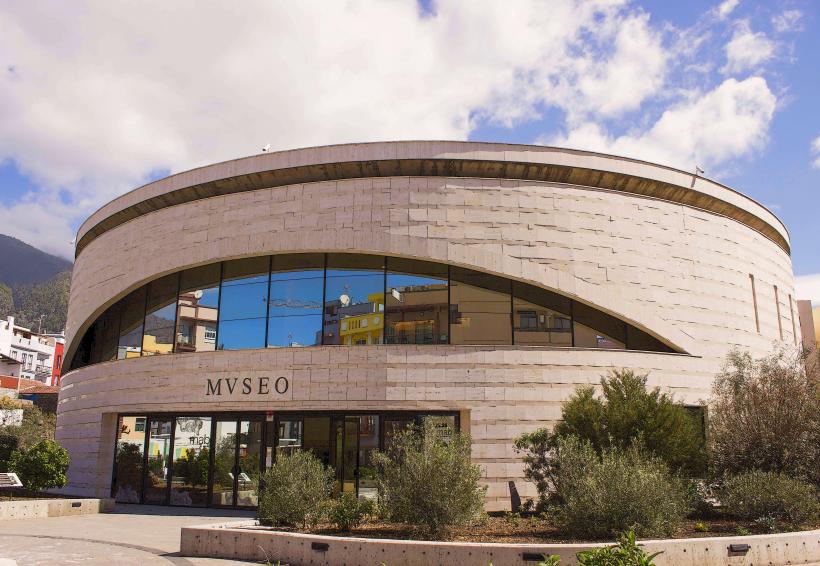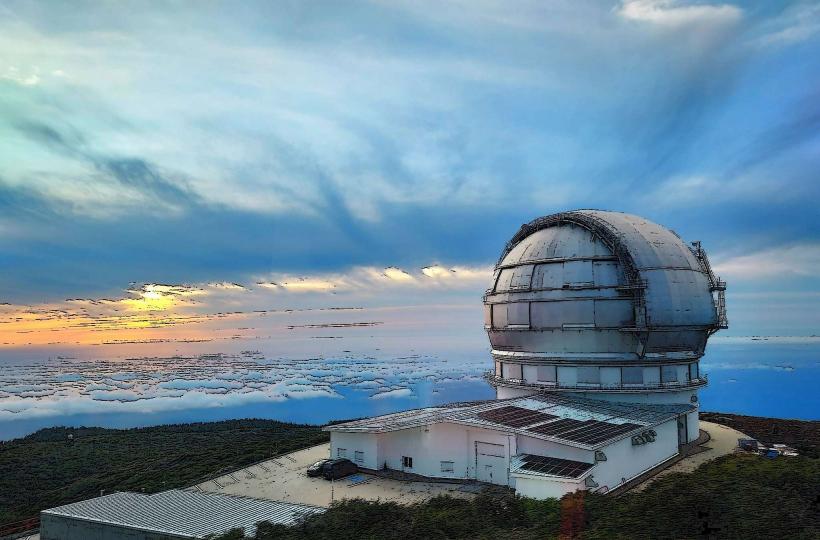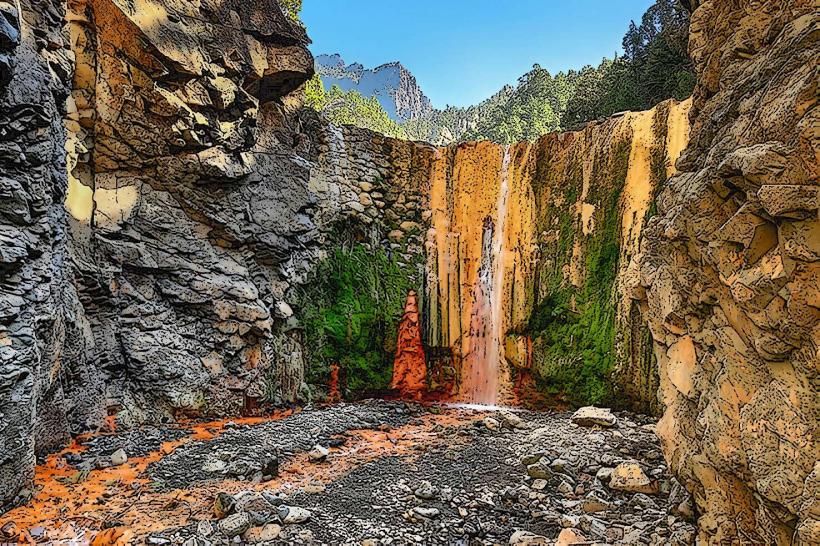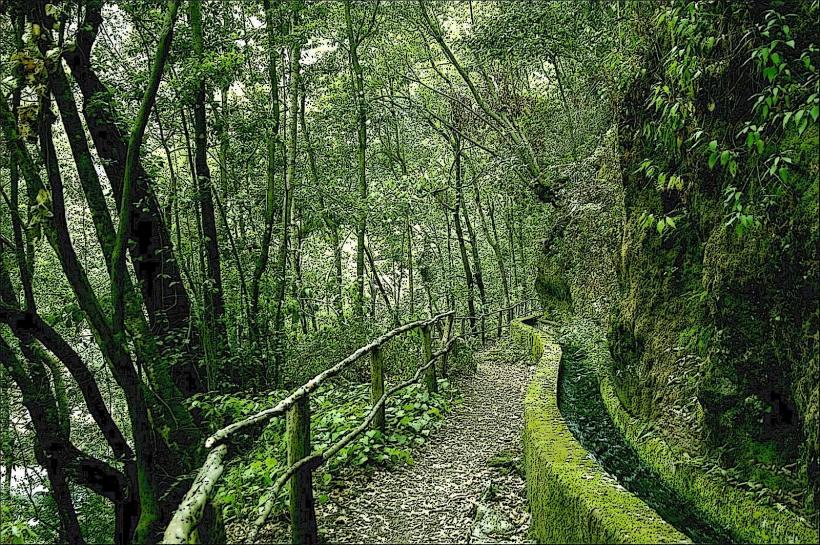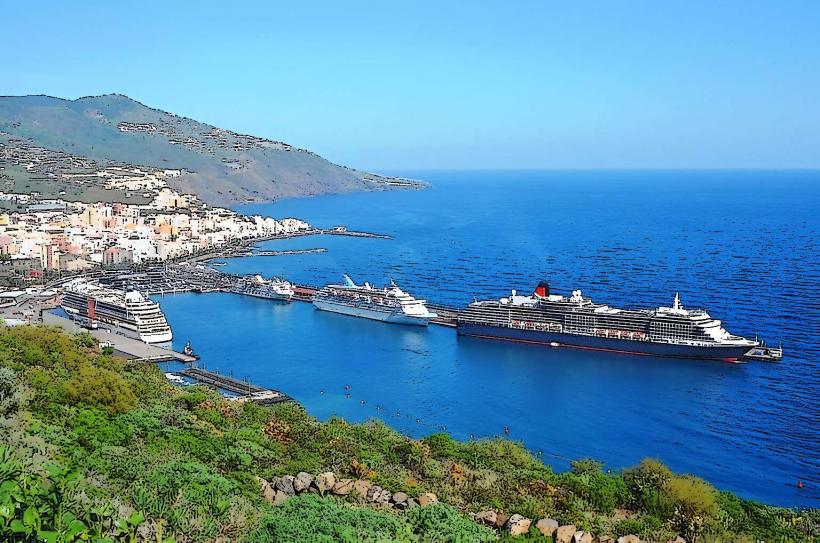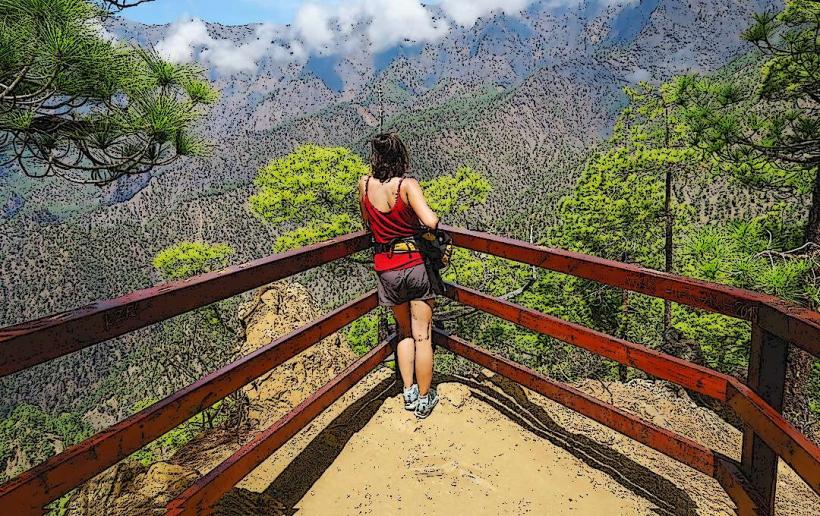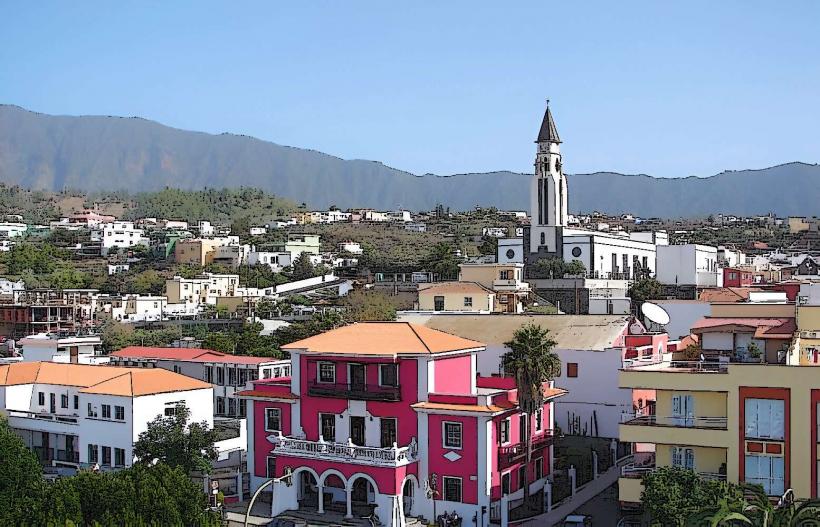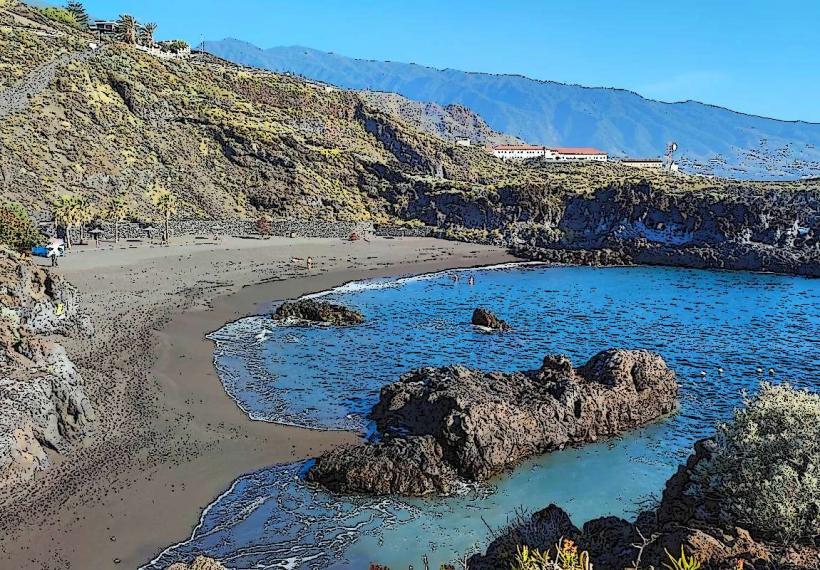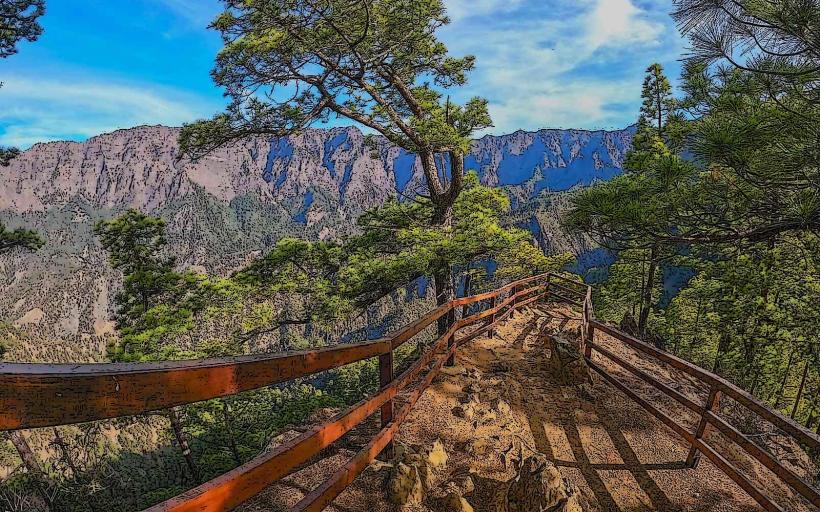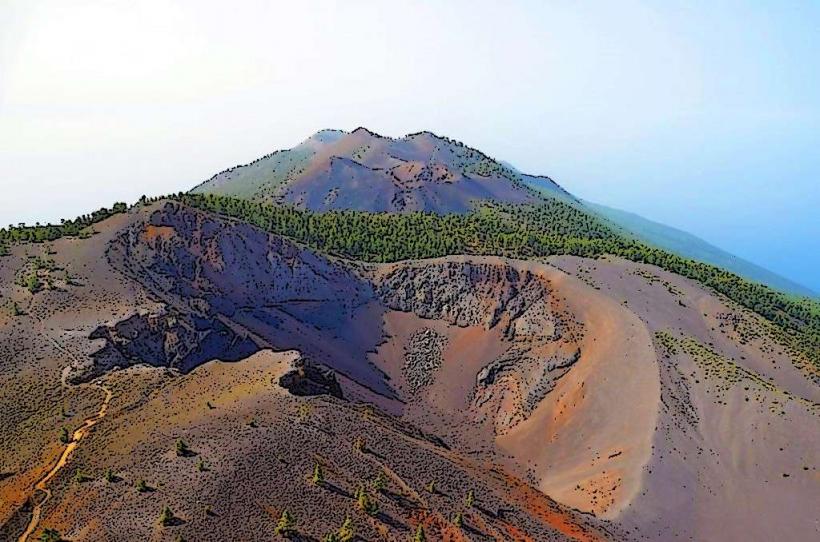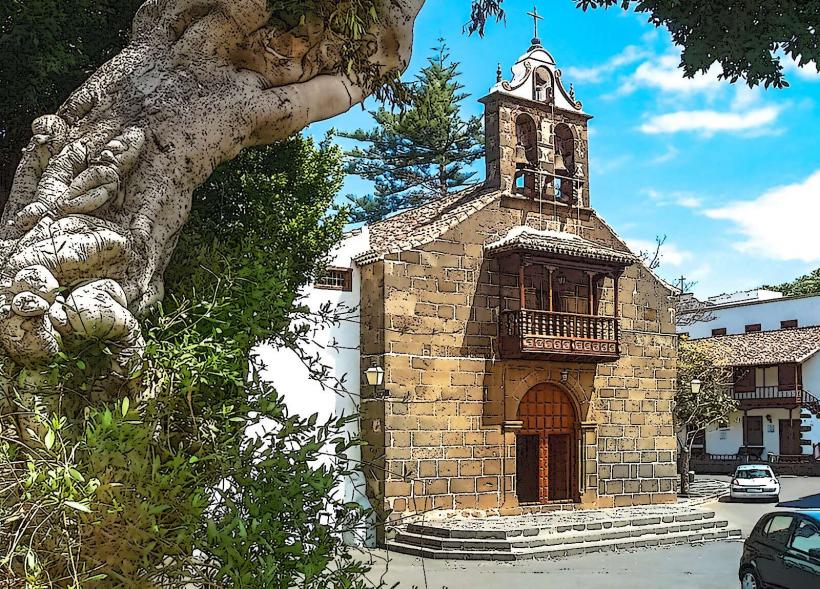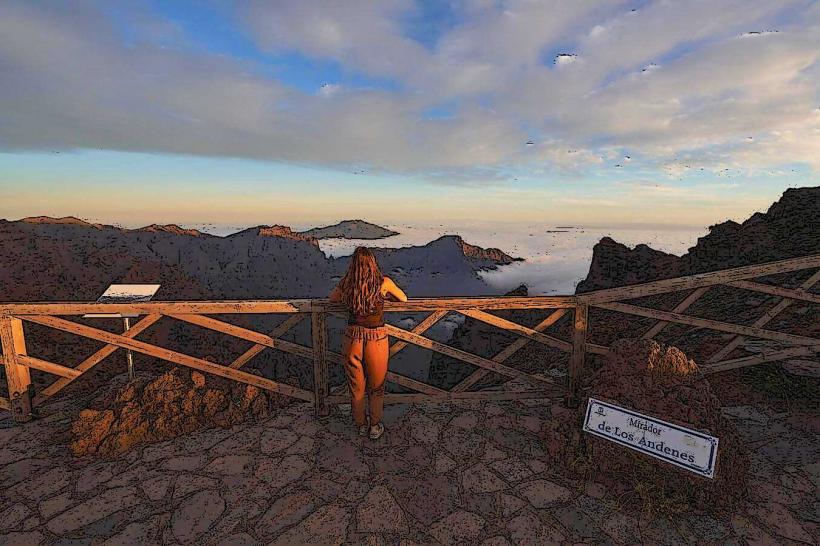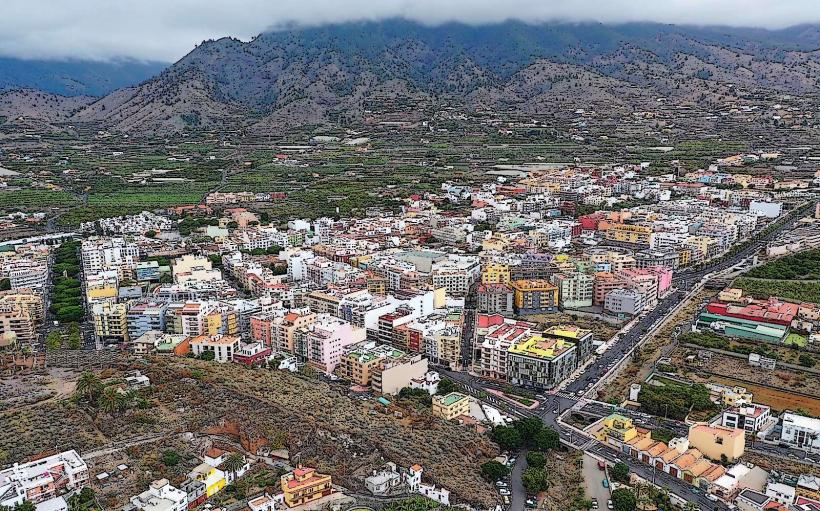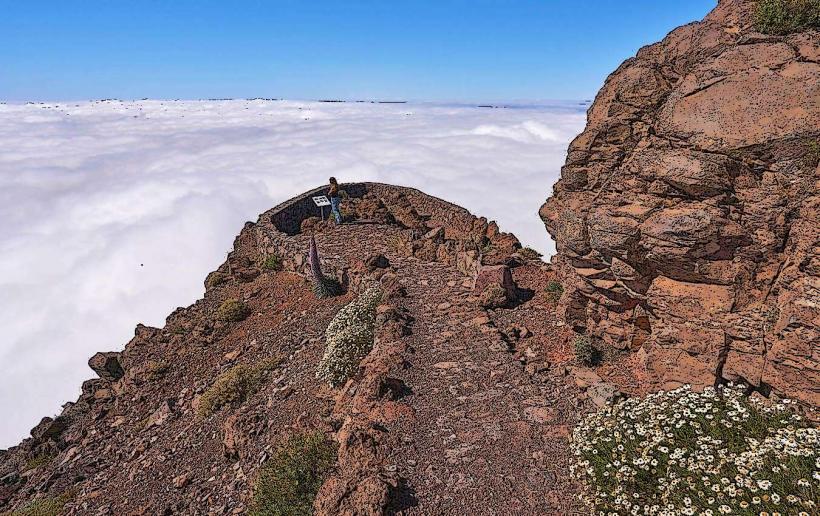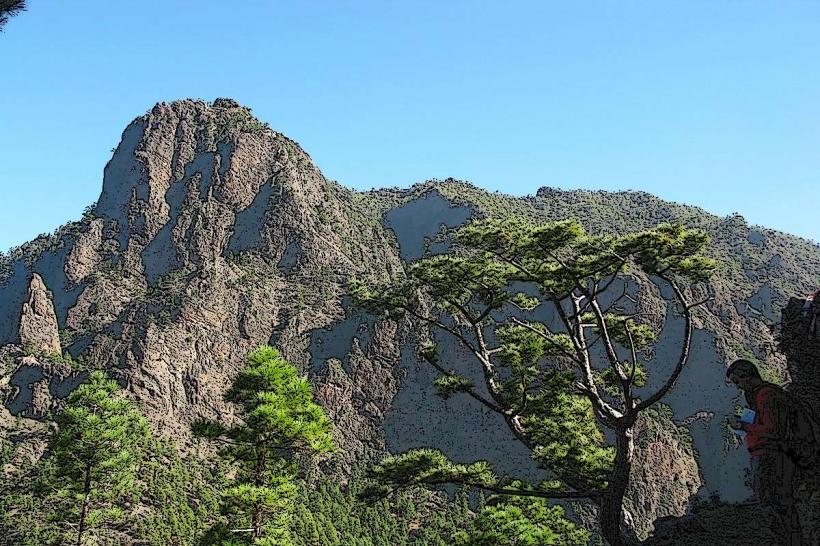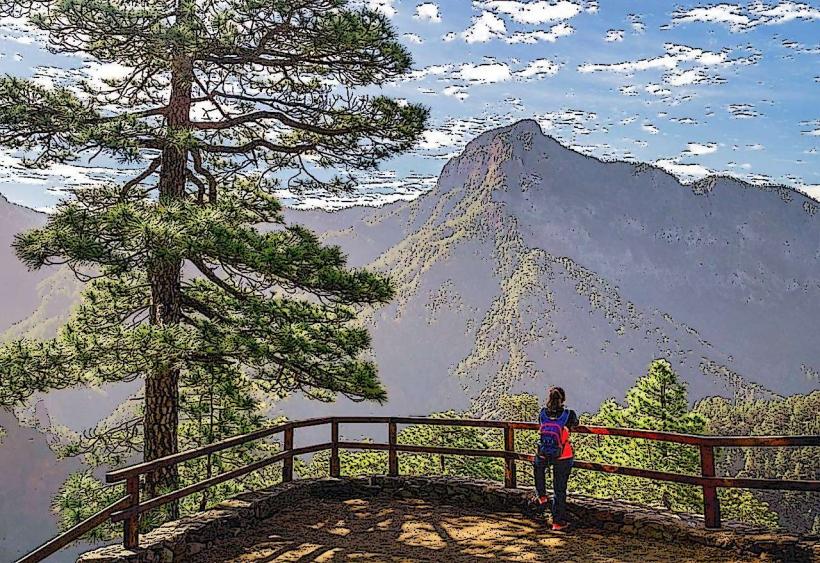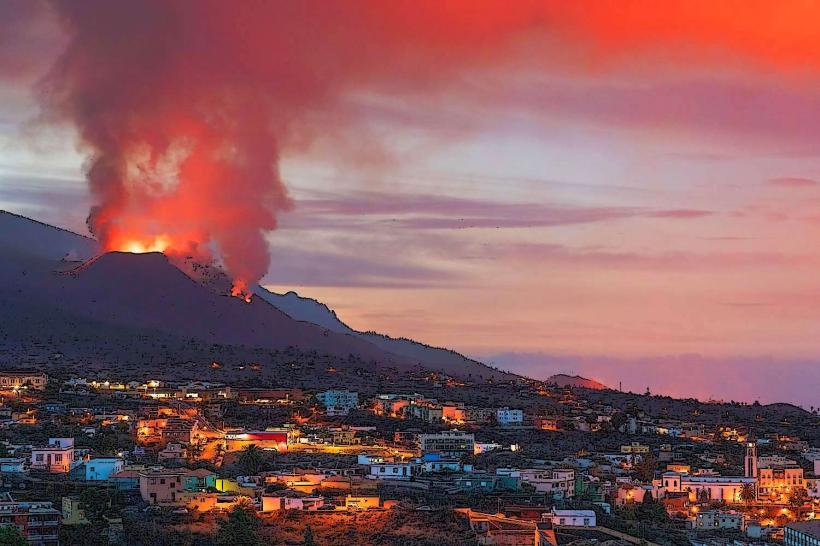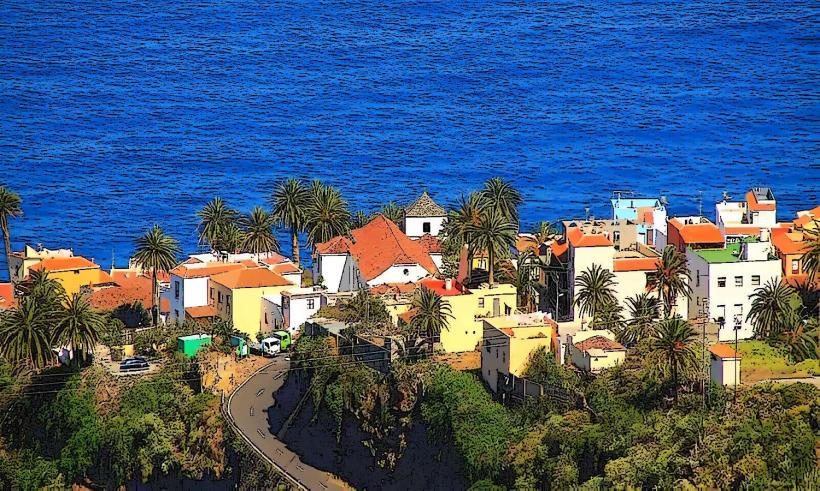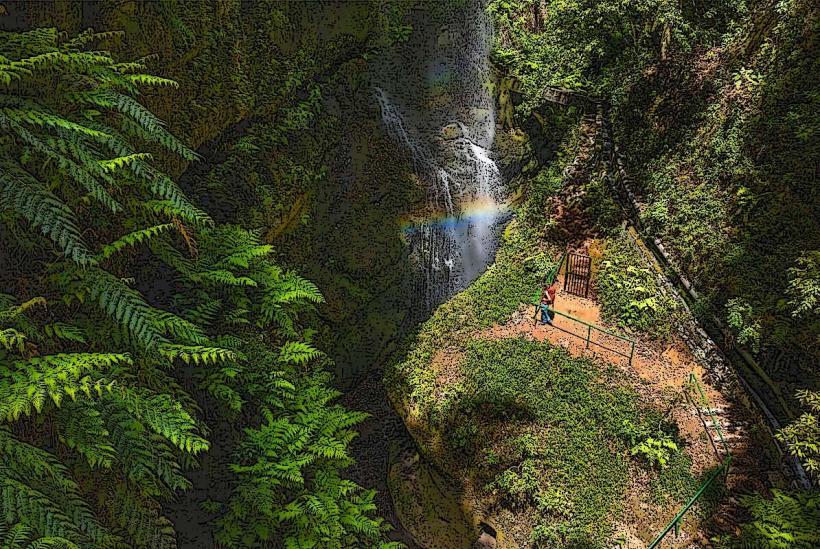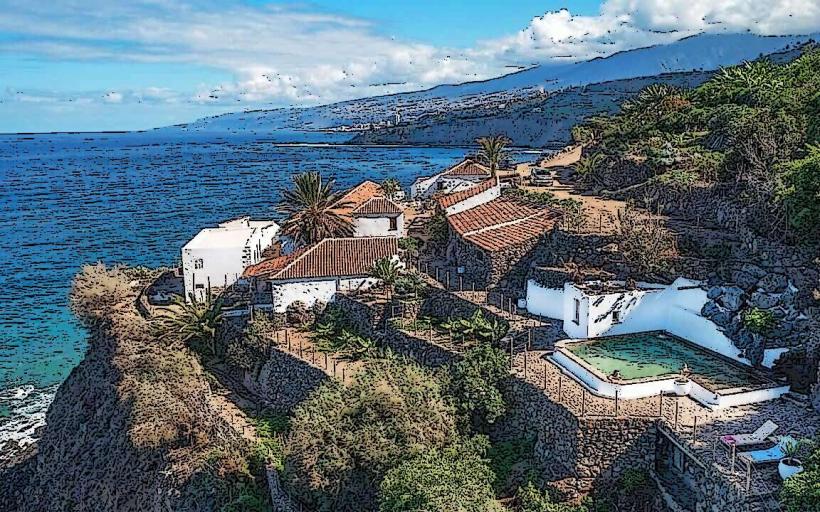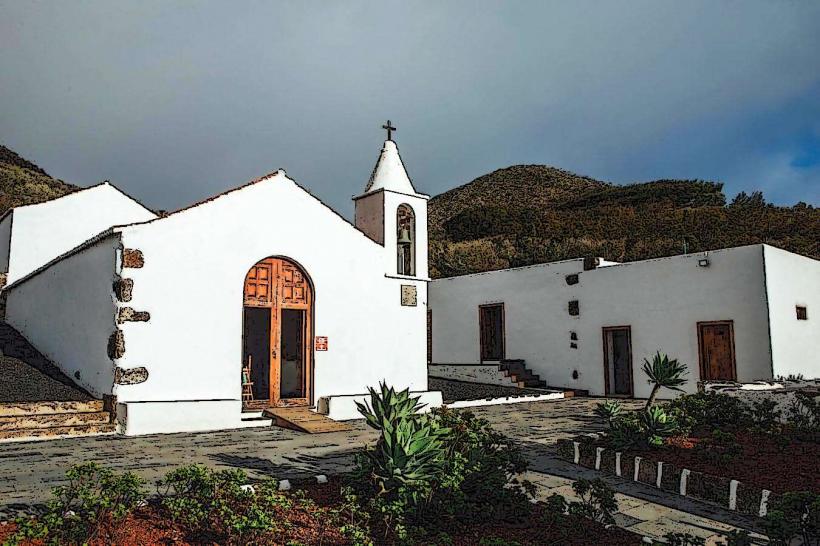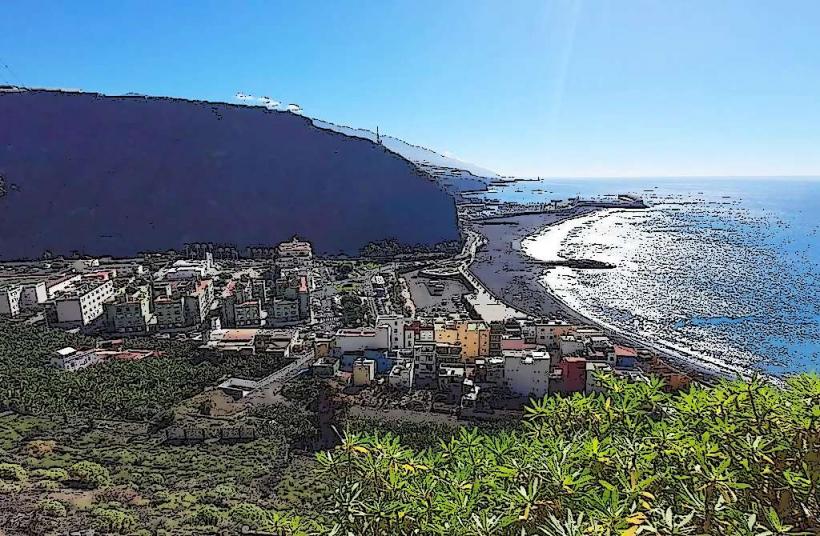Information
Landmark: Museo Insular de La PalmaCity: La Palma
Country: Canary Islands
Continent: Europe
Museo Insular de La Palma (La Palma Island Museum) is one of the key cultural institutions on La Palma, Canary Islands, Spain. Located in the island's capital, Santa Cruz de La Palma, this museum offers an in-depth look into the island's rich history, culture, and natural heritage. It is a fascinating destination for visitors interested in learning more about the island's evolution from prehistoric times to the present day.
Overview
- Name: Museo Insular de La Palma (La Palma Island Museum)
- Location: Santa Cruz de La Palma, La Palma, Canary Islands, Spain
- Establishment: The museum is part of the island’s cultural infrastructure and is overseen by the Cabildo Insular de La Palma, the island’s local government.
Historical and Cultural Significance
Historical Exhibits:
- The museum offers a wide range of exhibits that cover the pre-Hispanic history of La Palma, including the Guanches, the island’s indigenous people, as well as the Spanish conquest and subsequent cultural changes. The museum’s collections include archaeological artifacts, tools, and relics that provide insight into the ancient civilizations that inhabited La Palma.
- One of the most notable aspects of the museum’s history collection is the archaeological discoveries from the island, including ceramics, stone tools, and mummified remains of the Guanches, which help trace the island's early human history.
Ethnographic Collection:
- The museum also presents the ethnography of La Palma, with displays on the island’s traditional crafts, agriculture, and daily life. Visitors can learn about the island's agricultural practices, including the cultivation of bananas, grapes, and tobacco, which have been vital to the island’s economy for centuries.
- Traditional costumes, farming tools, and artworks give a glimpse into the cultural practices and craftsmanship of La Palma’s inhabitants, both historically and in modern times.
Natural History:
- A section of the museum is dedicated to La Palma’s natural history, showcasing its biodiversity and unique ecosystems. This includes exhibits on the island’s flora, fauna, and its status as a UNESCO Biosphere Reserve.
- The laurel forests (Laurisilva), volcanic landscapes, and endemic species are all represented in the museum’s natural history collection. The museum highlights La Palma’s significance as one of the most ecologically diverse islands in the Canary Archipelago.
Architecture and Location
The Museo Insular de La Palma is housed in an impressive historical building in the heart of Santa Cruz de La Palma, the island's capital. The building itself is a noteworthy example of traditional Canarian architecture, featuring wooden balconies, stone facades, and large interior courtyards. The museum’s location in the historic center adds to the charm of the visit, as visitors can enjoy exploring the surrounding cobbled streets and nearby landmarks.
Main Exhibitions: The museum's exhibits are displayed across different floors of the building, with each floor focusing on a specific aspect of La Palma’s history and culture. These exhibits are complemented by detailed explanations, making the museum informative for both locals and visitors.
Notable Exhibits
Guanches Artifacts: One of the most important sections of the museum is dedicated to the Guanches, the indigenous people of La Palma. Visitors can see tools, pottery, and even mummified remains that offer valuable insights into the Guanches' lifestyle and culture.
Natural History Collection: La Palma is known for its unique natural environment, and the museum’s natural history exhibits reflect the island's biodiversity, with a focus on its endemic species such as the La Palma parakeet and the Canary Islands pigeon. The museum also has displays related to the island’s volcanic activity, including geological maps and explanations of the island’s volcanic origins.
Traditional Art and Crafts: The museum also showcases the island’s traditional craftsmanship, with items such as handmade pottery, wooden sculptures, textiles, and jewelry that reflect La Palma’s cultural heritage.
Artistic Exhibitions: In addition to permanent collections, the museum regularly hosts temporary art exhibitions that feature contemporary art, photography, and works by local artists. These exhibitions offer a glimpse into the vibrant cultural scene on La Palma.
Educational Programs and Activities
- The museum is dedicated to education and regularly organizes a variety of workshops and educational programs for children and adults. These activities are designed to engage visitors with the island’s cultural and natural history, making it a great place for families and school groups.
- The museum also organizes lectures and cultural events that delve deeper into the history, art, and science of La Palma.
Visitor Information
- Opening Hours: The museum is typically open to the public from Tuesday to Saturday, with different opening hours during the week. It is recommended to check the official website or contact the museum for the most up-to-date information regarding hours and admission.
- Admission Fees: Entry to the Museo Insular de La Palma is generally affordable, with discounts available for students, seniors, and children. Admission prices may vary for special exhibitions or events.
- Accessibility: The museum is centrally located in Santa Cruz de La Palma and is easily accessible by foot from various parts of the city. The building itself is accessible to visitors with disabilities.
Nearby Attractions
Santa Cruz de La Palma: The capital of La Palma is a charming town with colonial-style architecture, historic buildings, and cobblestone streets. Visitors can explore other nearby attractions such as the Plaza de España, the Church of El Salvador, and the La Palma History Museum.
La Palma’s Old Town: The historic center of Santa Cruz de La Palma is a UNESCO Biosphere Reserve and features some of the best-preserved traditional architecture on the island. The town is known for its vibrant atmosphere, art galleries, and cafes.
Roque de los Muchachos Observatory: La Palma is home to one of the world’s most important astronomical observatories, the Roque de los Muchachos Observatory, located on the island’s highest peak. The observatory is open to visitors, offering tours and stargazing opportunities.
Conclusion
The Museo Insular de La Palma is a rich and diverse museum that offers a comprehensive look at the island’s history, culture, and natural beauty. Whether you’re interested in the island’s ancient indigenous culture, its volcanic landscapes, or its traditional crafts, the museum provides a deep and engaging exploration of La Palma. Located in the heart of Santa Cruz de La Palma, it is an essential stop for anyone wanting to understand the island’s cultural and historical significance.

